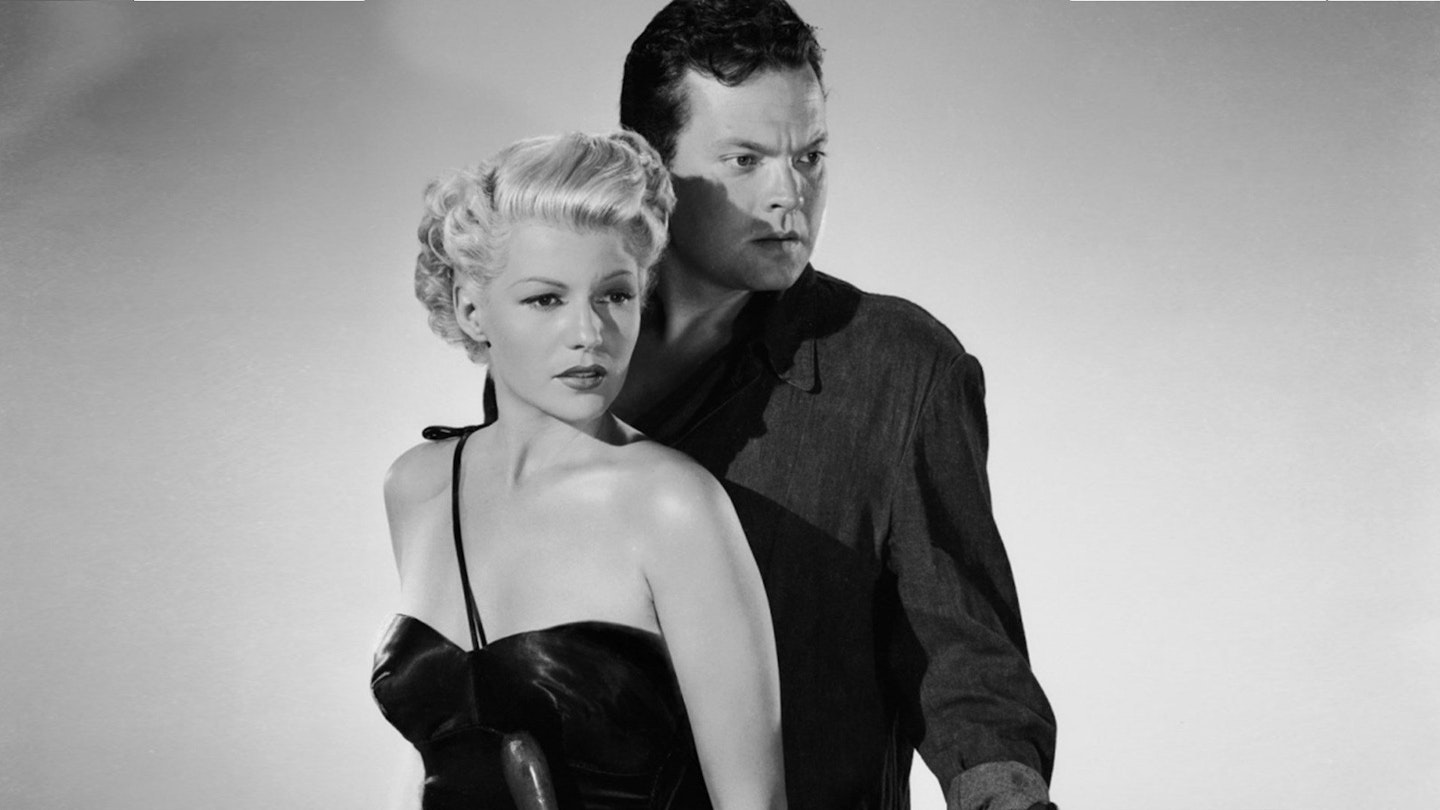`I'll give $1,000 to anyone who can explain the story to me,' Harry Cohn ranted, as he emerged from screening the rough cut of Orson Welles's adaptation of Raymond Sherwood King's pulp thriller, If I Die Before I Wake.
The Columbia chief had been persuaded to produce the picture when Welles promised him a masterpiece while calling to request $50,000 to recover the impounded costumes for his touring musical version of Around the World in 80 Days. But, in fact, Welles had feigned excitement over the first book that had caught his eye from the payphone and he had only reluctantly agreed to the casting of Rita Hayworth (over Barbara Laage), as he knew she would try to use the project to patch their failing marriage. Cohn similarly had misgivings over the decision to cut Hayworth's trademark red hair into a blonde feather bob. But greater problems were to lie ahead.
Filming on Errol Flynn's yacht off Acapulco went well, despite the inevitable Wellesian delays. But he had induced Rudolph Maté into shooting several uncredited sequences that reinforced the power of the visuals, in which the fore- and backgrounds teemed with compelling detail that were captured in intricate deep-focus. Reflective surfaces abounded (most notably in the aquarium and the famous Hall of Mirrors), while the Chinese exoticism of San Francisco's Union Square contrasted tellingly with the Elsa's guile and O'Hara's exploitability.
But Welles was prevented from editing the footage and loathed the soundtrack built around Hayworth's song, `Please Don't Kiss Me'. Nevertheless, Viola Lawrence's first cut still ran for 155 minutes, until preview responses prompted Cohn to reduce it to 87 and withhold the picture for two years lest it damaged Hayworth's Love Goddess image.
When it was finally released, as a supporting feature, this classic noir in the Double Indemnity mould made few ripples. But its narrative and visual complexity eventually established it among Welles's most challengingly satisfying outings.
